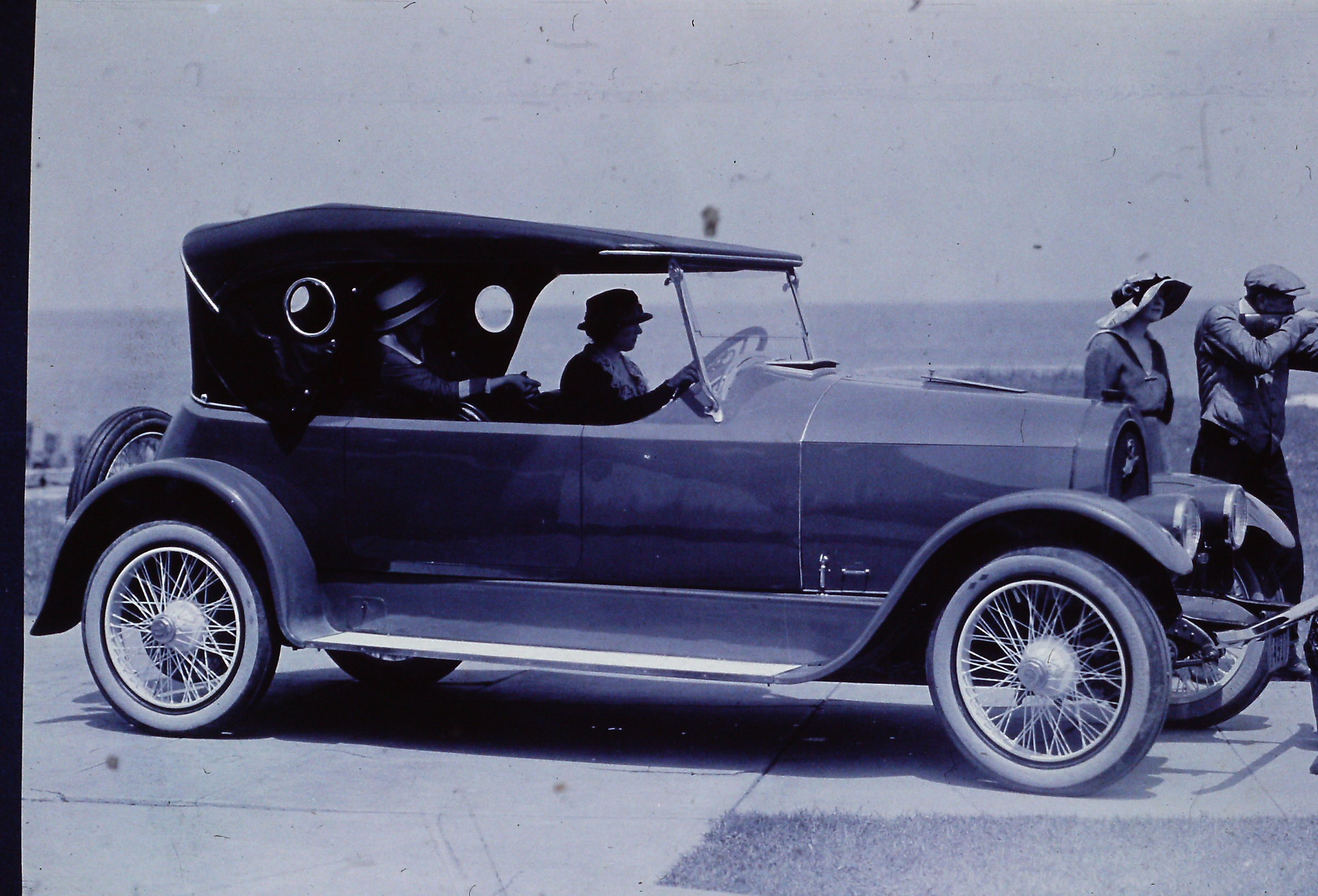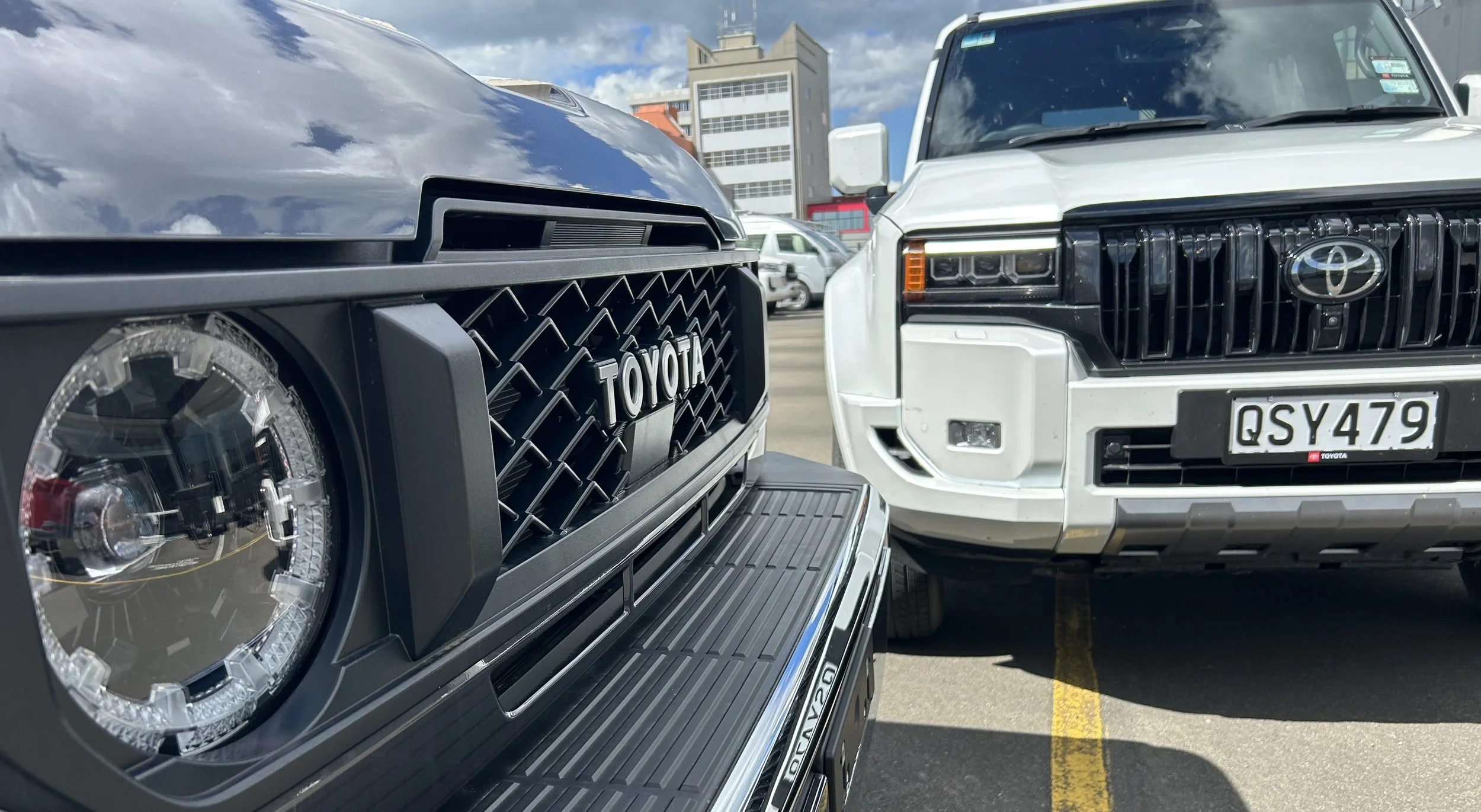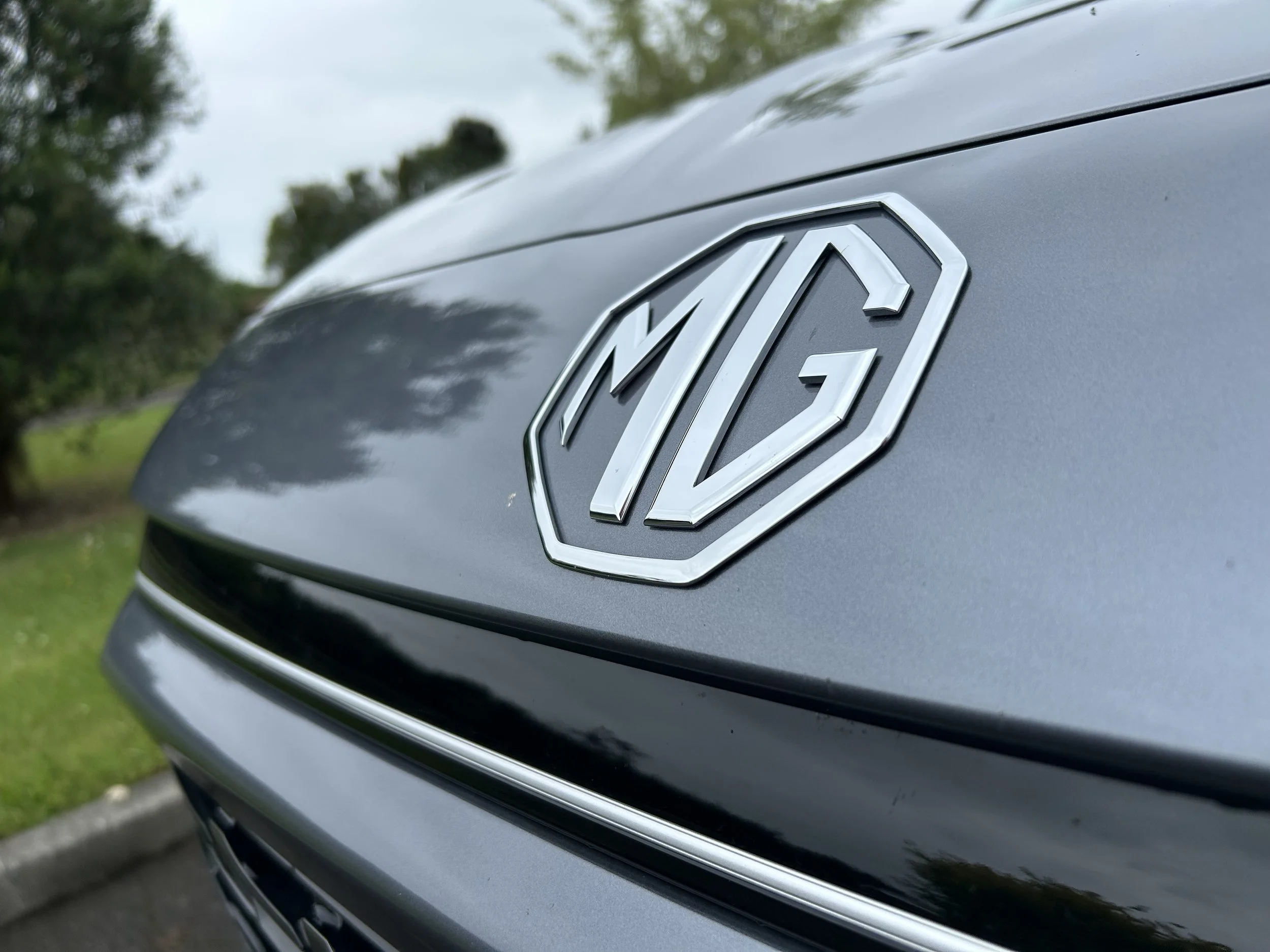Remembering the pioneers
/
Some found fame, many did not – but all left an imprint
THERE were motorised bicycles and vehicles with four, six and even eight wheels. They were powered by steam, gasoline, kerosene, electricity … even oversized clock springs and compressed air.
They began as a manifestation of eccentricity and scientific curiosity but soon morphed into side show curiosity and promotional gimmick.
Then, in the blink of an eye, the automobile was a multimillion-dollar industry.
Names became brands. Streetscapes were transformed with gas stations, garages, electric vehicle charging stations, billboards, and dealerships. Society was transformed. The world of transportation was transformed. Our lexicon was transformed with the addition of words like motel. Generational businesses were decimated. Time honored careers were transformed into historic footnotes.
In 1872 Studebaker based in South Bend, Indiana was billed as the largest manufacturer of wheeled vehicles in the world; wheelbarrows, freight wagons, prams, carriages, surreys, ambulances, buckboards. In 1897 the company built the first of several prototype horseless carriages, and in 1902 their first production models, an electric designed by Thomas Edison, rolled from the factory. The company continued producing horse drawn vehicles until 1920 albeit in ever smaller numbers as the company evolved into one of the largest automobile manufacturing companies in the United States.
In 1889, Elmer Apperson and his brother Edgar opened the Riverside Machine Works on Main Street in Kokomo, Indiana. As the brothers were talented machinists and blacksmiths, they prospered and development a reputation for quality workmanship. This was the reason that an eccentric Kokomo businessman named Elwood Haynes retained their services to install a Stintz marine gasoline engine in a carriage. That horseless carriage took to the street on the Fourth of July 1894. From these humble beginnings the Apperson Brothers Automobile Company was launched. Even though it is largely unknown today, the company continued producing automobiles until 1926, and pioneered an array of developments.
Clinton Woods lacked the business savvy needed to attract investors or successfully form a corporation. But he was a visionary obsessed with a simple idea; the horseless carriage was the future and the future of horseless carriages was electric vehicles. In 1899 financier Samuel Insull and several board members of Standard Oil purchased Woods designs and patents, and with an astounding $10 million in capital stock launched the Woods Motor Vehicle Company.
The company immediately began producing an electric Hansom Cab that sold well in New York and other cities. In 1900 they began producing a Victoria that was displayed at Chicago’s first auto show. It was here that the manager of the Honolulu Iron Works saw a Woods, placed an order, and imported the first automobile into Hawaii.
The company enjoyed moderate success even though the electric vehicle was being quickly eclipsed by gasoline powered vehicles. But the companies crowning achievement was the Woods Dual Power introduced in the summer of 1916. The car used a Woods designed four-cylinder engine as an auxiliary to the electric motor. At speeds under 15 miles per hour, the gasoline engine idled and the car was driven by the electric motor. Faster speeds were obtained by using the gasoline engine with the electric motor as an auxiliary. The Woods Dual Power was a hybrid!
Alexander Winton established the Winton Bicycle Company in 1891, and five years later took his first experimental horseless carriage for a spin. On March 1, 1897, he organized he Winton Motor Carriage Company, and to promote his new vehicle, proceeded to drive from Cleveland, Ohio to New York City. By 1899, with the production of 100 vehicles, he became the largest manufacturer of horseless carriages in America. That was also the year he turned away a young mechanic as he was turned off by his ego and launched a rivalry that would last for years. That mechanic was Henry Ford.
Winton played a pivotal role in the launching of one of America’s most famous automobile manufacturers. In 1898 car number twelve was sold to James Ward Packard who proved to be a very dissatisfied customer. During the drive from Cleveland to his home in Warren, Ohio, his new machine broke down numerous times and was eventually towed by a team of horses. Packard confronted Winton and made several suggestions for improvements. Winton was heard to say, “Mr. Packard, if you are so smart, why don’t you make a car yourself.” And so, Mr. Packard launched the Packard Automobile Company in 1899.
The establishment of automobile companies in the first years of the 20th century was a tsunami. But the market was very finite. This and a major economic recession in 1907 decimated the industry. An increased demand for vehicles, advancements in production and a growing middle class fueled another gold rush in the industry before WWII.
The post war recession and the growing dominance of major manufacturers including General Motors, Ford, Hudson, Nash, Studebaker, and Packard forced many companies to close or merge. And then came the Great Depression, and the industry that was birthed with such promise for the independent thinker was forever transformed.
Before the launching of Tesla by Elon Musk, only one man was able to successfully launch an American automobile manufacturing company after 1925 – Walter Chrysler.
To read more by Jim Hinckley go to jimhinckleysamerica.com

















